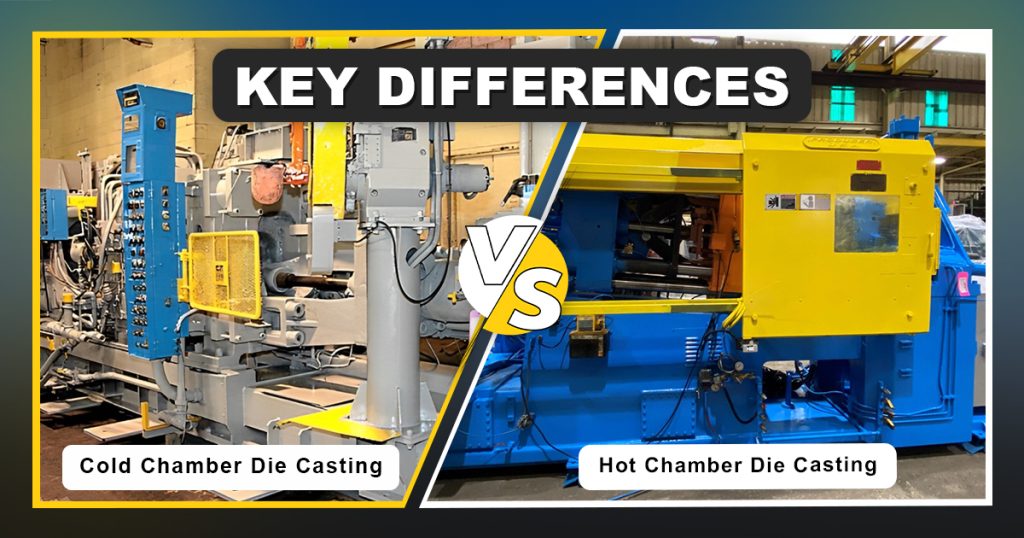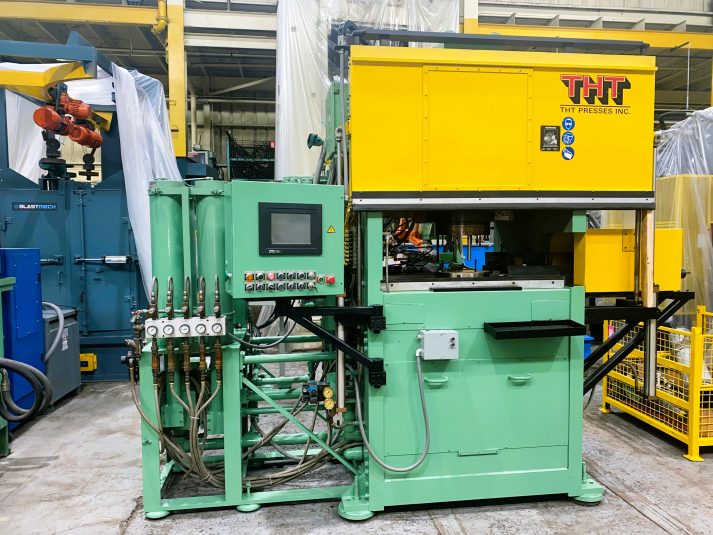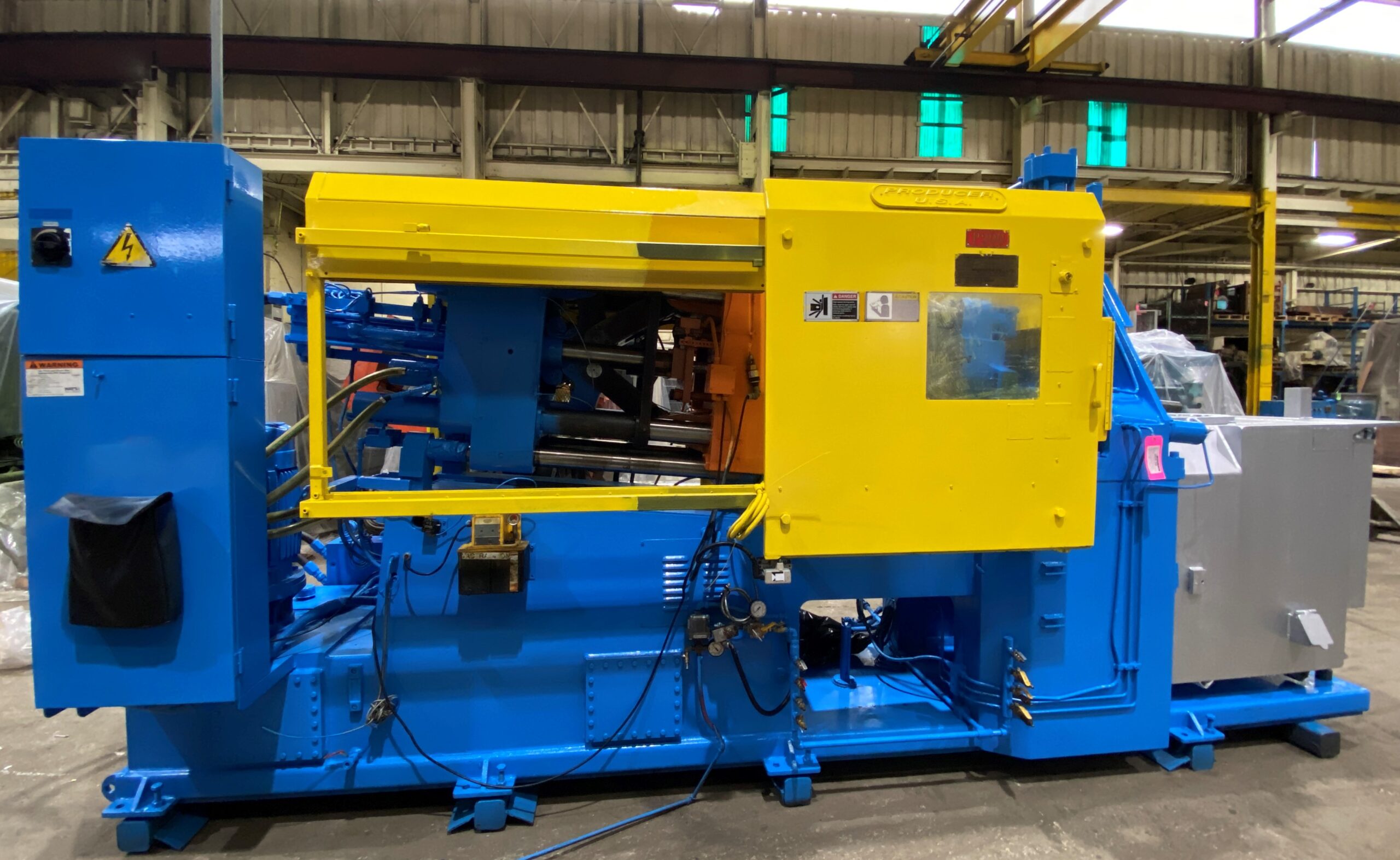
Diecasting is a widely used metal manufacturing process that allows for the mass production of complex and high-precision metal parts. The process involves injecting molten metal into a mold cavity under high pressure. There are two main types of diecasting machines: cold chamber diecasting machines and hot chamber diecasting machines.
While both methods share the same fundamental principle, they differ significantly in their applications, materials, and operational processes. In this article, we will explore the key differences between these two methods and why Beta Diecasting is the ideal choice for high-quality diecasting machines.
Before diving into the differences, it is essential to understand the diecasting process. In both cold and hot chamber diecasting, a mold (die) is created to shape the final product. Molten metal is then injected into this mold under high pressure, ensuring precise shapes with excellent surface finishes. However, the way the molten metal is handled before injection is what differentiates cold and hot chamber diecasting.

Cold chamber diecasting is a process in which molten metal is manually or automatically ladled into the shot chamber before being injected into the mold. The injection mechanism is separated from the molten metal source, which helps minimize exposure to high temperatures.

Hot chamber diecasting (also known as gooseneck diecasting) integrates the metal melting pot into the diecasting machine. The injection mechanism is submerged in the molten metal, allowing for rapid injection cycles.
One of the most significant differences between these two processes is the type of metals they can handle.
For businesses looking to invest in high-quality diecasting solutions, Beta Diecasting offers industry-leading cold chamber diecasting machines and hot chamber diecasting machines designed for maximum efficiency and durability. Here’s why Beta Diecasting is the preferred choice:
Beta Diecasting incorporates cutting-edge technology to ensure precision, reliability, and efficiency in both cold and hot chamber diecasting machines.
Whether you need a cold chamber diecasting machine for aluminum and copper or a hot chamber diecasting machine for zinc and lead, Beta Diecasting provides customizable solutions tailored to your production needs.
Beta Diecasting machines are designed to withstand the harsh conditions of continuous production while minimizing downtime and maintenance costs.
With a team of experts, Beta Diecasting ensures that clients receive top-notch support, from machine selection to installation and maintenance.
Investing in a Beta Diecasting machine means improved productivity, reduced waste, and a high return on investment for your diecasting operations.
Both cold chamber diecasting and hot chamber diecasting play crucial roles in modern manufacturing. The choice between the two depends on the type of metal used, production speed, and durability requirements. Cold chamber diecasting machines are ideal for high-melting-point metals like aluminum, while hot chamber diecasting machines work best for low-melting-point metals like zinc. Businesses looking for reliable and efficient diecasting solutions should consider Beta Diecasting, a trusted name in diecasting machine manufacturing. Whether you need a cold chamber diecasting machine or a hot chamber diecasting machine, Beta Diecasting provides high-quality equipment designed to enhance productivity and precision in metal casting operations.
As the largest buyer and reseller of used die casting machines in the world, Beta Die Casting Equipment has the most comprehensive inventory in the business.